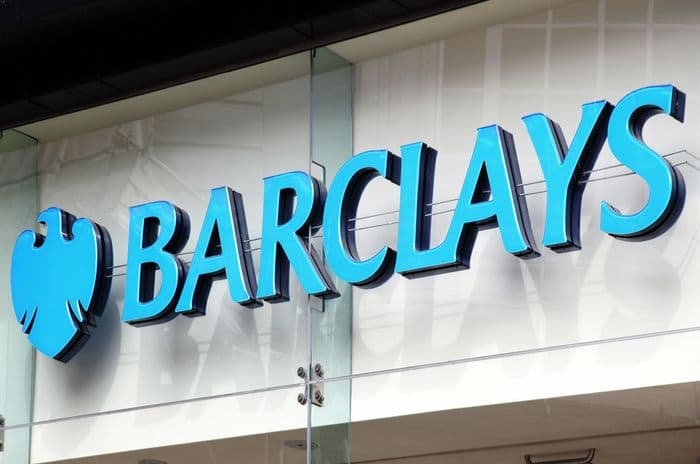Home > Money > News > Barclays launch contactless cash machines
Barclays launch contactless cash machines
BARCLAYS have begun rolling out "Contactless Cash" machines throughout the UK, enabling their customers to withdraw up to £100 at the tap of their debit cards or mobile phones.

The machines will first be trialled in 25 locations in the north of England before being installed in over 180 Barclays branches nationwide, with the bank hoping to complete the rollout "in the New Year".
Following on from the spread of contactless debit cards, which are now responsible for some 18% of all UK purchases, Barclays hope these machines will provide greater convenience for their customers and also speed up the circulation of money.
And while there always remains the threat that, like contactless cards, these machines will be vulnerable to fraud, Barclays predict that they'll in fact be more secure than their non-contactless counterparts.
Security
This is what Ashok Vaswani, the CEO of Barclays UK, affirmed, saying that [w]ith Contactless Cash customers can quickly and securely take-out money with just a tap of their smartphone - a first for the UK."
His assertions are borne out in the case of contactless cards, which despite not requiring PIN entry for purchases below £30 are involved less in fraud than non-contactless cards.
For example, according to Financial Fraud Action, "fraud on contactless cards and devices accounts for only 0.5 per cent of overall card fraud".
To put this into perspective, overall card fraud losses in 2015 were £567.5 million, or 8.3p for every £100 spent in the UK.
By contrast, the total value of contactless fraud was £2.8 million. This equates to 3.6p for every £100 spent using contactless technology, or 0.49p for every £100 spent using all kinds of bank cards.
Even though some critics have warned of a vulnerability involving the use of card scanners to lift details while a customer makes a contactless payment, this is a remarkably low figure, and one which stands Barclays' contactless ATMs in good stead.
How do they work?
And as for how these machines will work in practice, the bank explained that there will be two methods by which customers can withdraw their money.
The first is that, by using the Barclays Mobile Banking app on their Android smartphones, they can pre-enter their PIN and the amount of money they want to withdraw. Once these have been entered, they then have 30 seconds to tap their phone against the machine's contactless reader.
The second involves simply tapping their contactless cards or smartphones against the contactless reader, and then "entering their PIN on the machine and withdrawing their cash as normal."
It's reassuring to note that, unlike with contactless cards, both of these methods involve the entering of a PIN number, meaning that thieves can't simply take a customer's contactless card and then run to the nearest Contactless Cash machine.
Yet since the machines will require PIN entry, the only reduction in transaction time will come from not having to insert your card and wait while the machine reads it.
Still, even this modest decrease will make them more convenient than their more traditional siblings, while their contactless nature will remove the risk of magnetic card skimming, which is the most common type of cash-machine fraud.
Not only that, but these machines will probably mean that more money will be spent using contactless cards than ever before, especially if the trial is a success and other banks join Barclays in offering them.
Get insider tips and the latest offers in our newsletter
Get insider tips and the latest offers in our newsletter

We are independent of all of the products and services we compare.

We order our comparison tables by price or feature and never by referral revenue.

We donate at least 5% of our profits to charity, and we aim to be climate positive.
Latest News

26 October 2022
Cost of living showing worrying trends in affordability
16 June 2022
FCA warn lenders on cost of living difficulties


